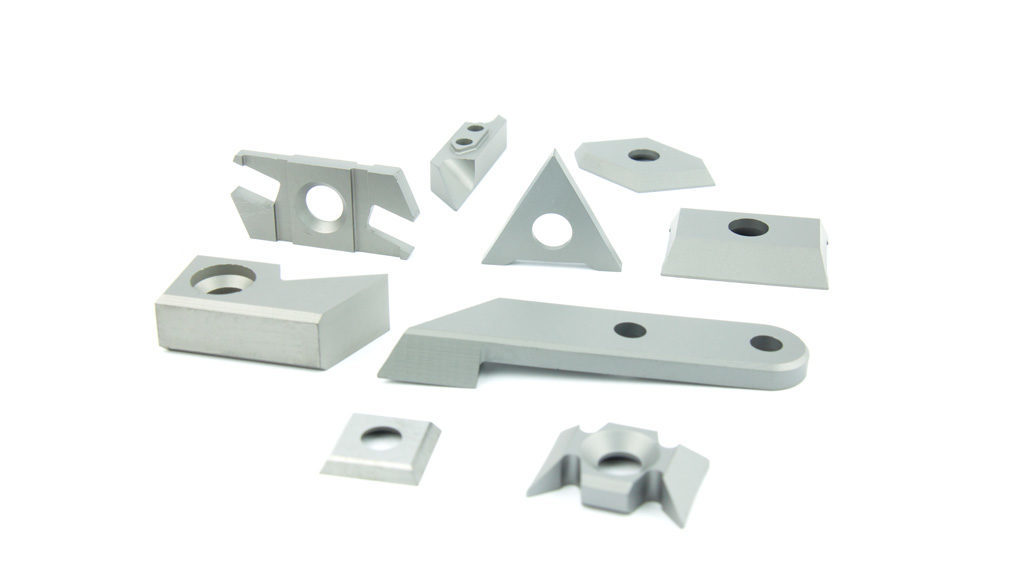In 1999 a new star was born: Nashira.
From that moment onwards we have been providing our customers with our experience and professionalism in the machining of Tungsten Carbide hard metal
In 1999 a new star was born: Nashira.
From that moment onwards we have been providing our customers with our experience and professionalism in the machining of Tungsten Carbide hard metal

Since 1999 we specialised in the production of components and semi-finished products in Tungsten Carbide.
The strength of our company lies in our flexible organization, capable to handle large standardized productions, such as blank or grinding bars and rods, as well as sampling for unique projects.
At Nashira we produce semi-finished products from raw materials (carbide, tungsten and cobalt powders).
The production phases start from an initial mixing of the powders to create a specific mixture as Each mixture has peculiar characteristics in terms of composition, hardness and intensity and each is used to address a specific industry different to others.
Latest generation machinery.
CNC e CAD.
CAD-CAM for designing details.
A laboratory equipped to guarantee:
– constant quality;
– continuous product and process controls.
Let’s find out everything you need to know about this wonderful material.
Hard metal (also known as Widia, Cemented Carbide or Tungsten Carbide) is a material used in mechanical processing consisting of hard particles of Tungsten Carbide which are embedded in a metal matrix (usually cobalt).
The hard metal is produced through a sintering process. Basically the fine powders of the components are mixed, pressed and then heated maintaining a high pressure so that the granules of the powders bound together to form a single piece.
This means that hard metals are not real metals, but carbides (80-95%) bound by a metal. Tungsten Carbide is the preferred material for all those parts that have to withstand any wear and tear, such as abrasion, erosion, corrosion and metal seizure.
For this reason it comes with a very high degree of hardness. It has a high pressure strength, resistance to deformation and high temperatures. These physical characteristics are particularly useful in metal cutting applications, allowing a long life to tools that would be prematurely worn out if made with different materials.
In the ’20s / 30s the cemented carbide was very expensive, with a price higher than 450 euro per ounce. Yet even at that price its use could be economically justified.
Indeed, the habit of making only the tip of tools by cemented carbides derives from economic considerations. In any case, the instruments in Widia were tested at General Electric’s plants and became popular to public in 1928.
Hard metal has some truly unique characteristics.
Density and hardness are just some of them, discover them all.
Let’s discover the composition and the different properties that make this metal unique.
An enthusiast reader must know the most important terms related to the carbide.
Discover them with us.
We are looking for highly specialised and qualified professional profiles.
Our team includes engineers, technicians, graduates in natural, economic and social sciences.